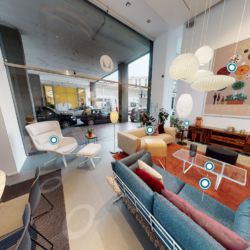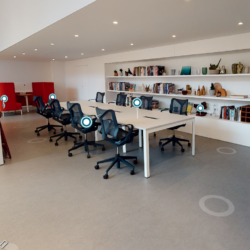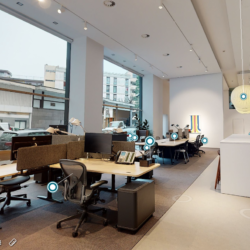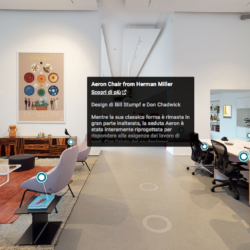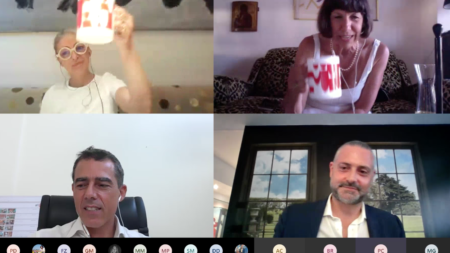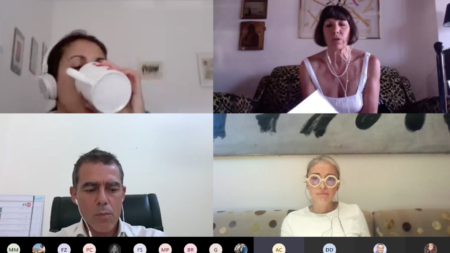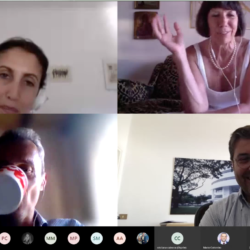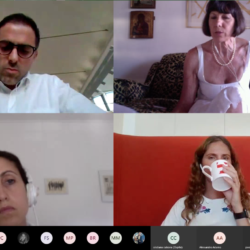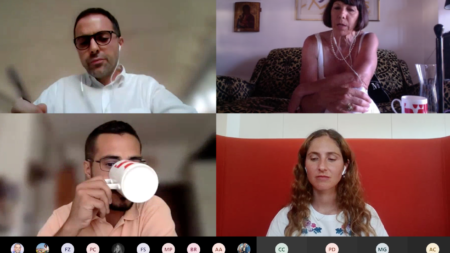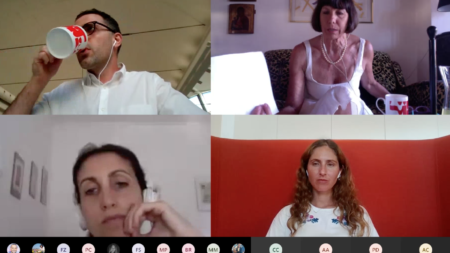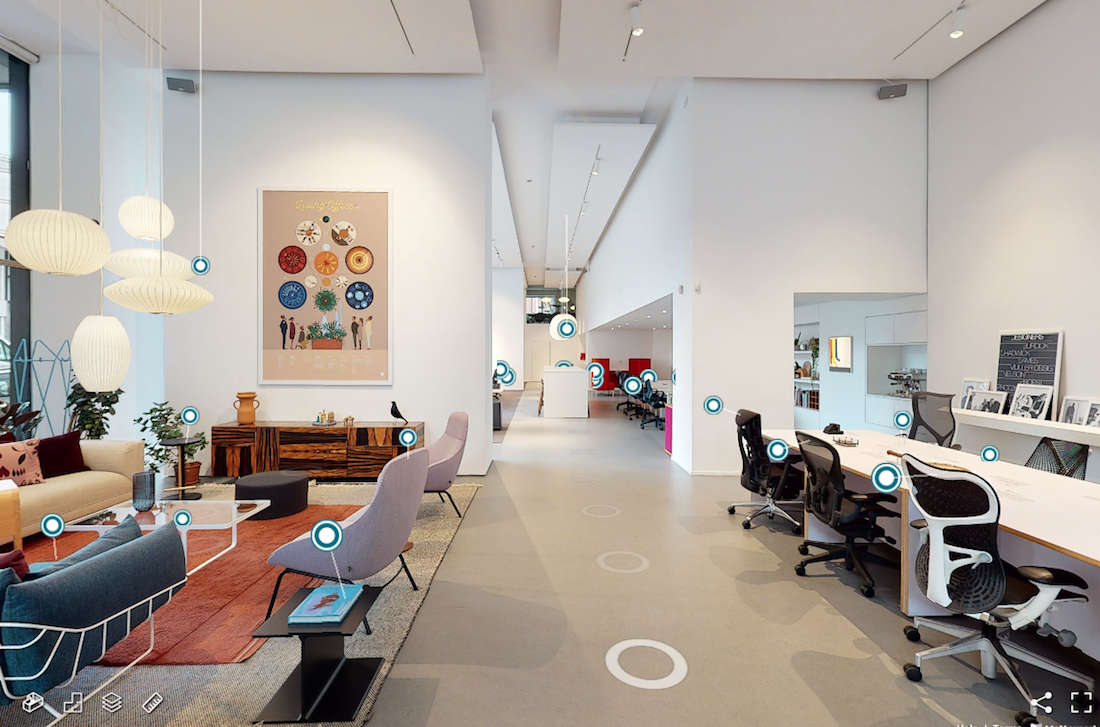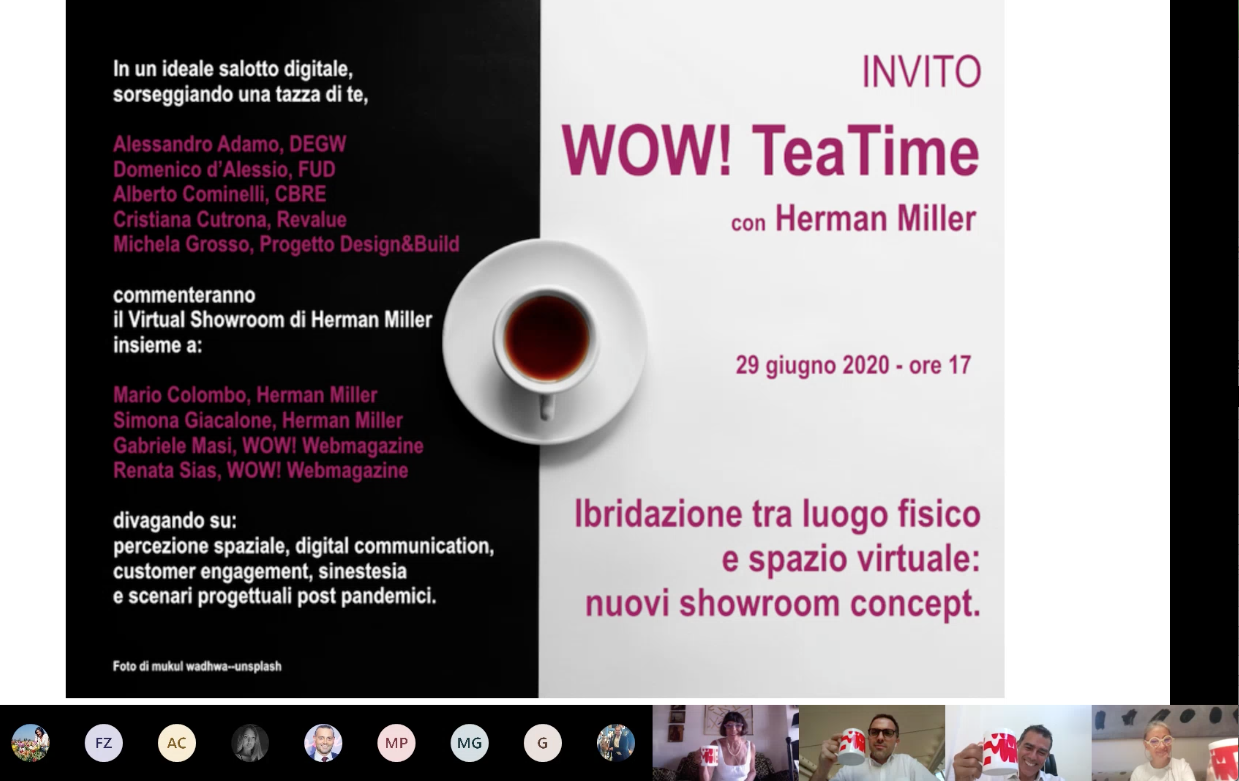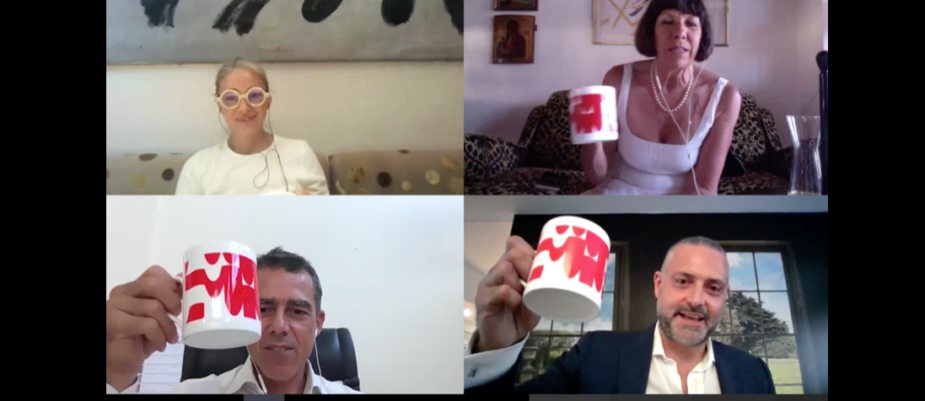
What is the relationship between the digital showroom and the physical exhibition space in the post-crown virus era?
The virtual journey in the Herman Miller showroom in Milan inaugurated the WOW! Tea Time series: an appointment where some professionals are invited to an ideal virtual lounge to sip a tea from a corporate mug that represents the physical element of connection.
The new informal meeting format provided interesting ideas: if on the one hand, the virtual showroom brings greater efficiency, communicability and hypertextuality, synesthesia and kinesthesia of physical reality, it still has a fundamental impact.
The future of the virtual exhibition space, therefore, will be about the ability to be more interactive and to create new unexplored imaginary worlds.
Personally, the last time I visited the Herman Miller showroom in Milan was on the occasion of the DJArch: several designer and architects played and danced all the evening rock, disco and techno music. Mario Colombo, EMEA Sales Director, and Simona Giacalone, Specifier Account Manager, had welcomed us with the usual cordiality and the tables and seats were occupied by pizzas, glasses and people who enjoyed the space quietly.
Despite the many “blue dots” on which, during the virtual visit, you can click to access additional information on the products on display, I have missed a bit that atmosphere of “living showroom”, I must admit.
Yet as Renata Sias, director of WOW! Webmagazine that coordinated the debate, it is true that what we lose in the experience we gain it in the more attention we pay to the seats and furnishing accessories and to the ideas and history that underlie their design. As Cristina Cutrona of Revalue said, this is certainly due to the fact that not being able to use the other senses, the vision is enhanced.
Of course, the touching remains fundamental, as Alessandro Adamo, director of DEGW pointed out, but basically this sense of anticipation of the experience of the object in the space made me really want to go back to the physical space and to test all the seats to tests the ergonomics of the chairs and to find out which one between the one inspired by a running shoe and the one by a racket feels better to me.
And I shall confess I also thought: is it the next step the idea of creating a virtual experience in which everyone, sitting remotely in a Herman Miller seat and wearing augmented reality glasses, will play a virtual version of the same Aeron chair hockey that we played live some time ago during the unforgettable event organized by Cardex?
But maybe it’s good not to overdo with the virtual. The future, in fact, as Michela Grosso of Progetto Design & Build said, will be about not only the exclusivity, but on the integration of virtual experiences in the physical space or, also, in the use of the internet as a filter of experiences, as already happens when we have to choose the restaurant on Tripadvisor or the hotel room on Booking. Or as Alberto Cominelli of CBRE proposed the next step could be to integrate the hearing, kinesthetic and the sensory aspect.
We are already in the era of phygital, as Domenico D’Alessio of FUD added. If before the corona virus the concept of digital made us think about isolation, while the physical environment represented contact and socialization, today everything has turned upside down and we have discovered the digital potential for sharing and socialize, as well as its efficiency, as Alessandro Adamo pointed out.
In fact, as the photographer Beppe Raso has pointed out, in addition, to enhance the user experience, namely “making the virtual visit more pleasant and playful, we must focus on sharing: the virtual experiences of exhibitions or fairs, for example, can be created in one day by increasing the ability to reach all the people who are unable to come in person.
Furthermore, another aspect to be implemented is certainly the hypertextuality offered by the virtual world, not only by giving the opportunity to come into contact with the verticality of the products’ range or to test the product in the rendering or in the virtual space of a project, but also to give the opportunity to be transported together with the object in a new imaginary space, even completely stranger to the object itself, allowing people to find new ecosystems of values.
Or, as Cristina Cutrona proposed at the end, the digital space could finally become the way in which designers will be able to show their previous creations, without having to physically invade the privacy or work of those who occupy them today. In short, it will become the designer’s showroom.
Eventually, although designed before the corona virus, Herman Miller’s virtual showroom offers a nice starting point for a reflection on possible future scenarios that will emerge from the great social laboratory of the lockdown. Maybe at the next DJArch, we will all dance together with augmented reality glasses, letting ourselves be transported by objects to other settings, in an even more immersive experience.
Maybe just looking at the Sayl seat, inspired by the Golden Gate of San Francisco, to find yourself dancing on the famous bridge that the designer used to look while designing it. After all, we must never forget that virtual is above all an immense space of the possible.
Text by Gabriele Masi.

